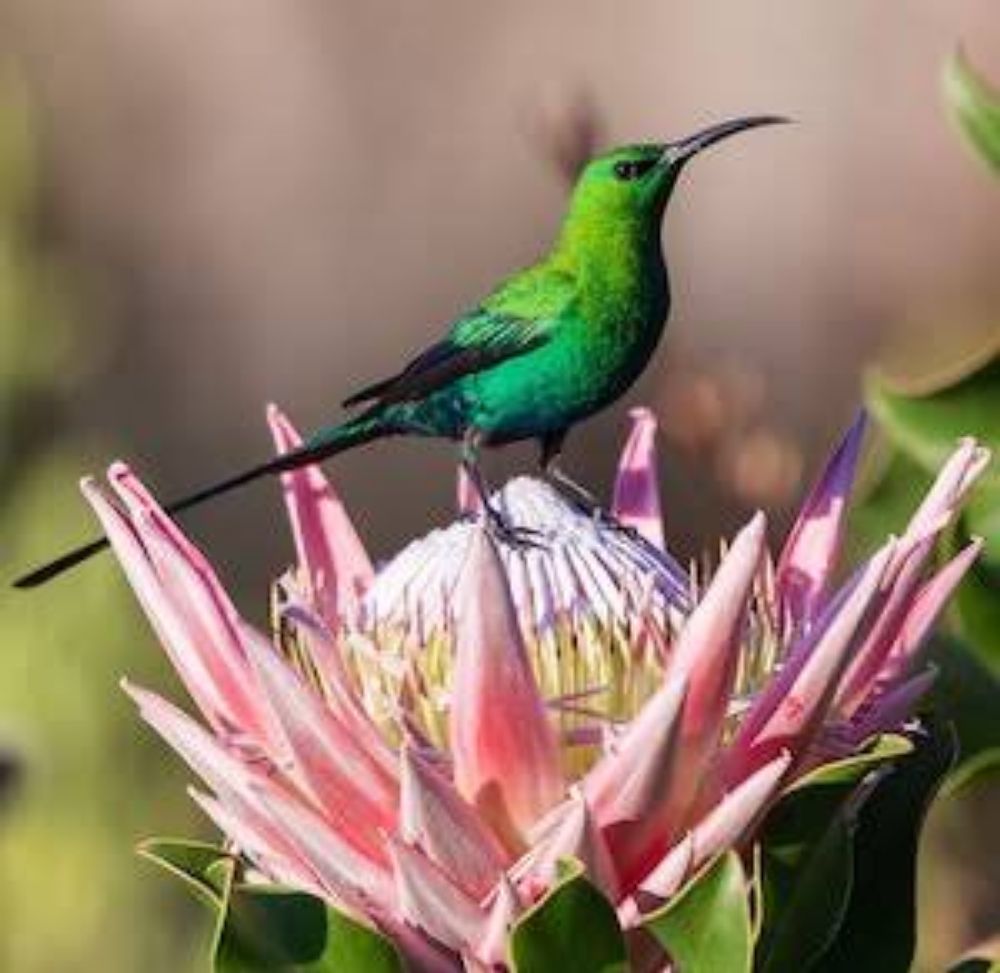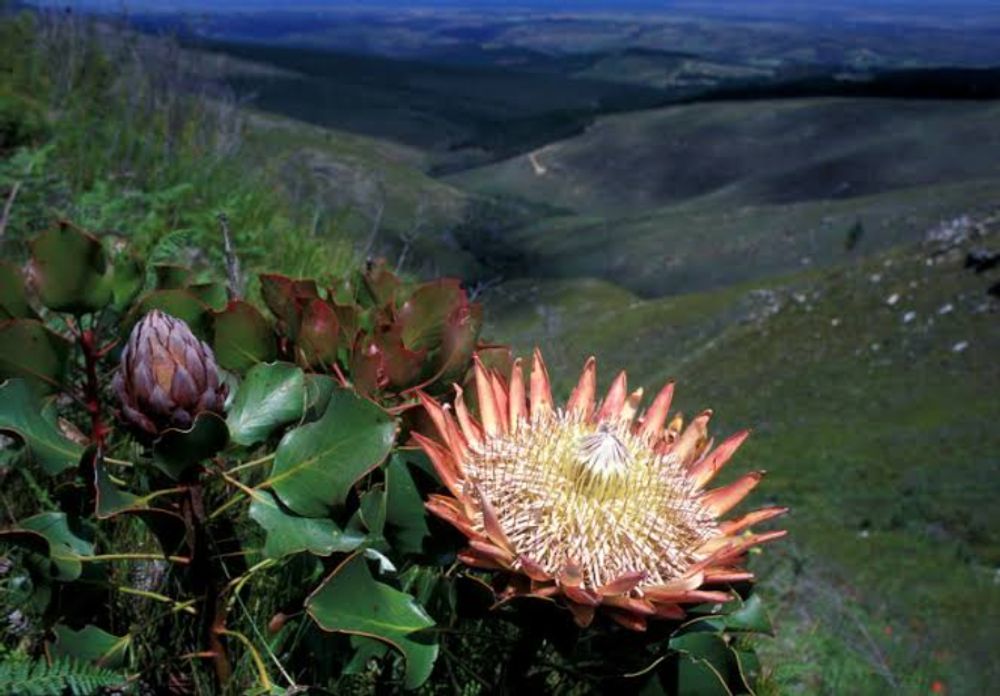

In this second part I would like to determine how the global impact of climate dealing with biodiversity and natural vegetation including flora and fauna ecological characteristics.
First and foremost, a Mediterranean type of climate has been experienced by the visitors. Typically the climate is characterized by cool, wet warms and warm dry summers. Cape Peninsula experiences a frontal depressions that varies in the winter rainfall escaping from the circumpolar westerly belt.
Discovering from South Atlantic Ocean a summer climate is influenced by the high pressure riding cells. While offshore wind pravailing from the south- west coast of South Africa influenced a wonderful landscape over the horizons. Over the north trending Folded belt a mist precipitation have picked up with in the Indian Ocean.

Expectionally, rainfall gradients not only impacted the altitude of the region but aslo influenced the other topographical features. Mean annual temperature is observed from the Mountain Chain while Maximum annual temperature is observed from the areas associated with Cape Point and Table Mountain whereas it is restricted to assumed the exact spatial and spatio-temporal variations of temperature in the Cape Peninsula. Frost also be not known observing from sea coast because of this reason snow fall is rare exist in the Cape Peninsula.

Nevertheless it is important to note that the wind regime played an prominent role in the development of climatic variations represent as the primitive feature of the Cape Peninsula. Cape Point experiences the emergence of the north easterly winds where the winds moved from the Cape Flats to the Cape Point once throughout the year.

From the biological perspective, the biological spacies has been found south-west escarpment Cape Floristic Region. These areas are the prominent destination for driving ecological patterns and process in which associated with summer draught, infertile soils and strong winds.
Biologically Cape Peninsula experience the floral distribution of different plant communities has been perceived from the south west edge of the Cape Floristic Region comprised of five floristic families they are Iridac, Fabace , Poace and Erica Astera.

Biogeographically, the Faunal distribution has been found in the western part of Cape Floristic Region a number spacies has been found during winter rainfall variations that influenced the relavence of rich diversity in the region.
While dealing the biodiversity of flora and fauna natural vegetation has a glimpse of different plant communities consist of fifthteen regions. In addition to the global context of discovering it's natural vegetation has been characterized by the evergreen trees and shrubs, exotic and endangered species, migratory birds found in wild fields of Cape Point alongwith rare species of terrestrial fuana including other animal communities.
Thank You For Reading








